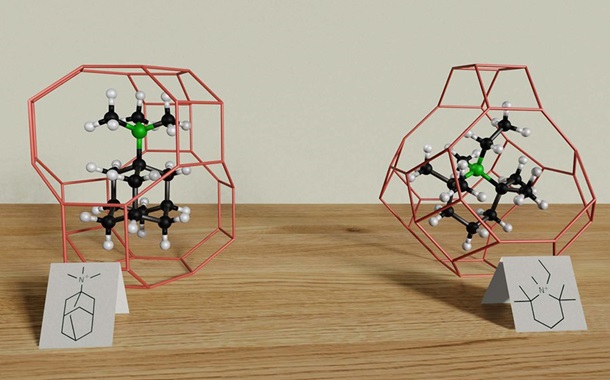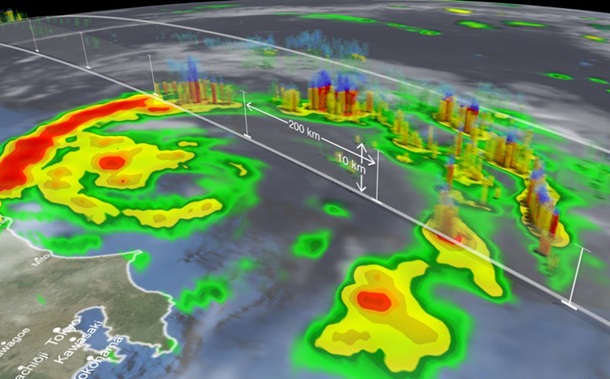Seismic Optimization Design and Application of Civil Engineering Structures Integrated with Building Robot System Technology
Downloads
Doi:10.28991/HIJ-2024-05-04-017
Full Text:PDF
Downloads
Munteanu, R. I., Nica, G. B., Calofir, V., Iliescu, S. S., & Sirbu, O. T. (2020). Building seismic behavior improvement using an optimal control algorithm. 2020 22nd IEEE International Conference on Automation, Quality and Testing, Robotics - THETA, AQTR 2020 - Proceedings, 1–6. doi:10.1109/AQTR49680.2020.9130005.
Gu, H., Liang, H., Tong, G., Liu, F., Liu, Y., Liu, X., Jia, Z., & Paul, J. (2021). Research on vibration mechanism and control technology of building structure under earthquake action. Journal of Vibroengineering, 23(6), 1395–1406. doi:10.21595/jve.2021.22090.
Baghdadi, A., Heristchian, M., & Kloft, H. (2020). Design of prefabricated wall-floor building systems using meta-heuristic optimization algorithms. Automation in Construction, 114, 103156. doi:10.1016/j.autcon.2020.103156.
Cerè, G., Rezgui, Y., Zhao, W., & Petri, I. (2022). Shear walls optimization in a reinforced concrete framed building for seismic risk reduction. Journal of Building Engineering, 54, 104620. doi:10.1016/j.jobe.2022.104620.
Chea, C. P., Bai, Y., Pan, X., Arashpour, M., & Xie, Y. (2020). An integrated review of automation and robotic technologies for structural prefabrication and construction. Transportation Safety and Environment, 2(2), 81–96. doi:10.1093/tse/tdaa007.
Leyva, H., Bojórquez, J., Bojórquez, E., Reyes-Salazar, A., Carrillo, J., & López-Almansa, F. (2021). Multi-objective seismic design of BRBs-reinforced concrete buildings using genetic algorithms. Structural and Multidisciplinary Optimization, 64(4), 2097–2112. doi:10.1007/s00158-021-02965-5.
Yu, H., Peng, Z., He, Z., & Huang, C. (2023). Application maturity evaluation of building steel structure welding robotic technology based on combination weight and multi-level grey theory. Journal of Intelligent and Fuzzy Systems, 44(4), 6435–6451. doi:10.3233/JIFS-223563.
Izumotani, S., Takeuchi, M., Murayama, H., & Okazaki, K. (2021). Estimating rock properties using seismic refraction survey data: a case study in an abandoned road tunnel. Exploration Geophysics, 52(4), 409–418. doi:10.1080/08123985.2020.1828856.
Hao, H., Bi, K., Chen, W., Pham, T. M., & Li, J. (2023). Towards next generation design of sustainable, durable, multi-hazard resistant, resilient, and smart civil engineering structures. Engineering Structures, 277, 115477. doi:10.1016/j.engstruct.2022.115477.
Goli, A., Alaghmandan, M., & Barazandeh, F. (2021). Parametric Structural Topology Optimization of High-Rise Buildings Considering Wind and Gravity Loads. Journal of Architectural Engineering, 27(4), 4021038. doi:10.1061/(asce)ae.1943-5568.0000511.
Károly, L., Stan, O., & Miclea, L. (2020). Seismic model parameter optimization for building structures. Sensors (Switzerland), 20(7), 1980. doi:10.3390/s20071980.
Zakian, P., & Kaveh, A. (2023). Seismic design optimization of engineering structures: a comprehensive review. Acta Mechanica, 234(4), 1305–1330. doi:10.1007/s00707-022-03470-6.
Mei, L., & Wang, Q. (2021). Structural optimization in civil engineering: A literature review. Buildings, 11(2), 1–28. doi:10.3390/buildings11020066.
Joyner, M. D., Gardner, C., Puentes, B., & Sasani, M. (2021). Resilience-Based seismic design of buildings through multiobjective optimization. Engineering Structures, 246, 113024. doi:10.1016/j.engstruct.2021.113024.
Martin, A., & Deierlein, G. G. (2020). Structural topology optimization of tall buildings for dynamic seismic excitation using modal decomposition. Engineering Structures, 216, 110717. doi:10.1016/j.engstruct.2020.110717.
Idels, O., & Lavan, O. (2021). Optimization-based seismic design of steel moment-resisting frames with nonlinear viscous dampers. Structural Control and Health Monitoring, 28(1), 2655. doi:10.1002/stc.2655.
Zakian, P., & Kaveh, A. (2020). Topology optimization of shear wall structures under seismic loading. Earthquake Engineering and Engineering Vibration, 19(1), 105–116. doi:10.1007/s11803-020-0550-5.
Caicedo, D., Lara-Valencia, L., Blandon, J., & Graciano, C. (2021). Seismic response of high-rise buildings through metaheuristic-based optimization using tuned mass dampers and tuned mass dampers inerter. Journal of Building Engineering, 34, 101927. doi:10.1016/j.jobe.2020.101927.
Baghdadi, A., Heristchian, M., & Kloft, H. (2021). Connections placement optimization approach toward new prefabricated building systems. Engineering Structures, 233, 111648. doi:10.1016/j.engstruct.2020.111648.
Ahmadie Amiri, H., & Estekanchi, H. E. (2023). Life cycle cost-based optimization framework for seismic design and target safety quantification of dual steel buildings with buckling-restrained braces. Earthquake Engineering and Structural Dynamics, 52(13), 4048–4081. doi:10.1002/eqe.3864.
Baduge, S. K., Thilakarathna, S., Perera, J. S., Arashpour, M., Sharafi, P., Teodosio, B., Shringi, A., & Mendis, P. (2022). Artificial intelligence and smart vision for building and construction 4.0: Machine and deep learning methods and applications. Automation in Construction, 141, 104440. doi:10.1016/j.autcon.2022.104440.
Zhang, F., Chan, A. P. C., Darko, A., Chen, Z., & Li, D. (2022). Integrated applications of building information modeling and artificial intelligence techniques in the AEC/FM industry. Automation in Construction, 139, 104289. doi:10.1016/j.autcon.2022.104289.
Rane, N. L. (2023). Integrating Leading-Edge Artificial Intelligence (AI), Internet of Things (IoT), and Big Data Technologies for Smart and Sustainable Architecture, Engineering and Construction (AEC) Industry: Challenges and Future Directions. International Journal of Data Science and Big Data Analytics, 3(2), 73–95. doi:10.51483/ijdsbda.3.2.2023.73-95.
- This work (including HTML and PDF Files) is licensed under a Creative Commons Attribution 4.0 International License.





















